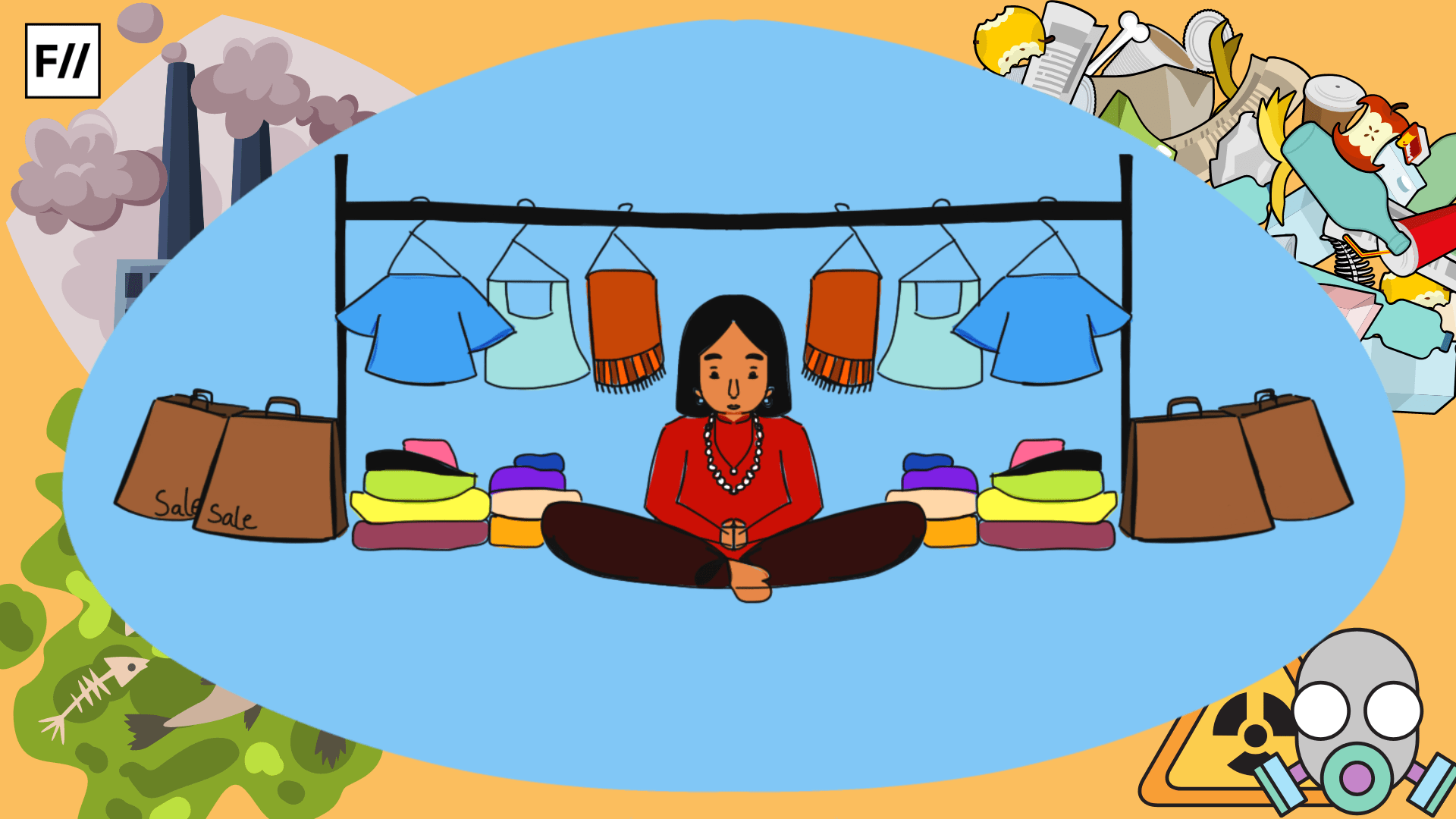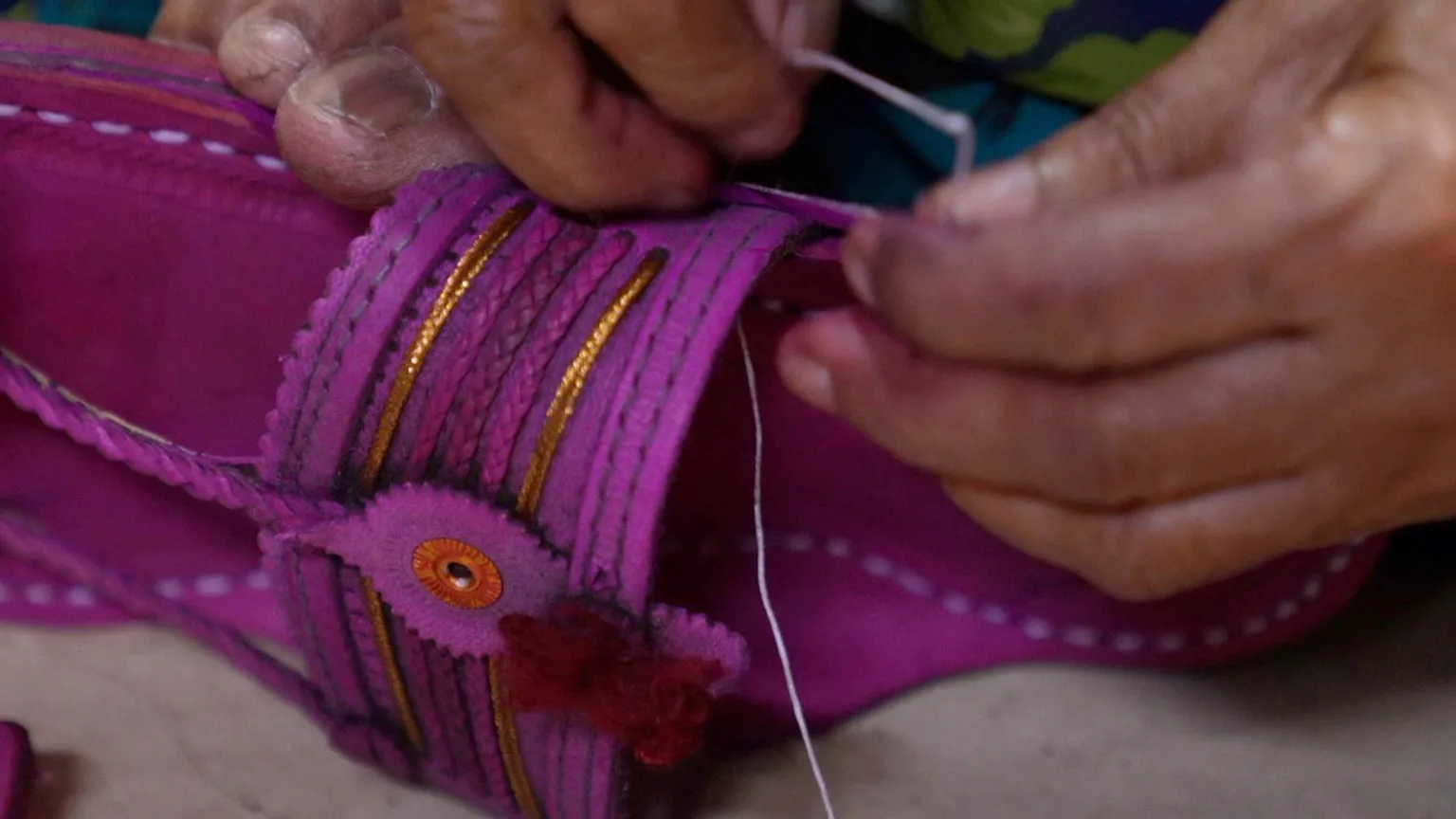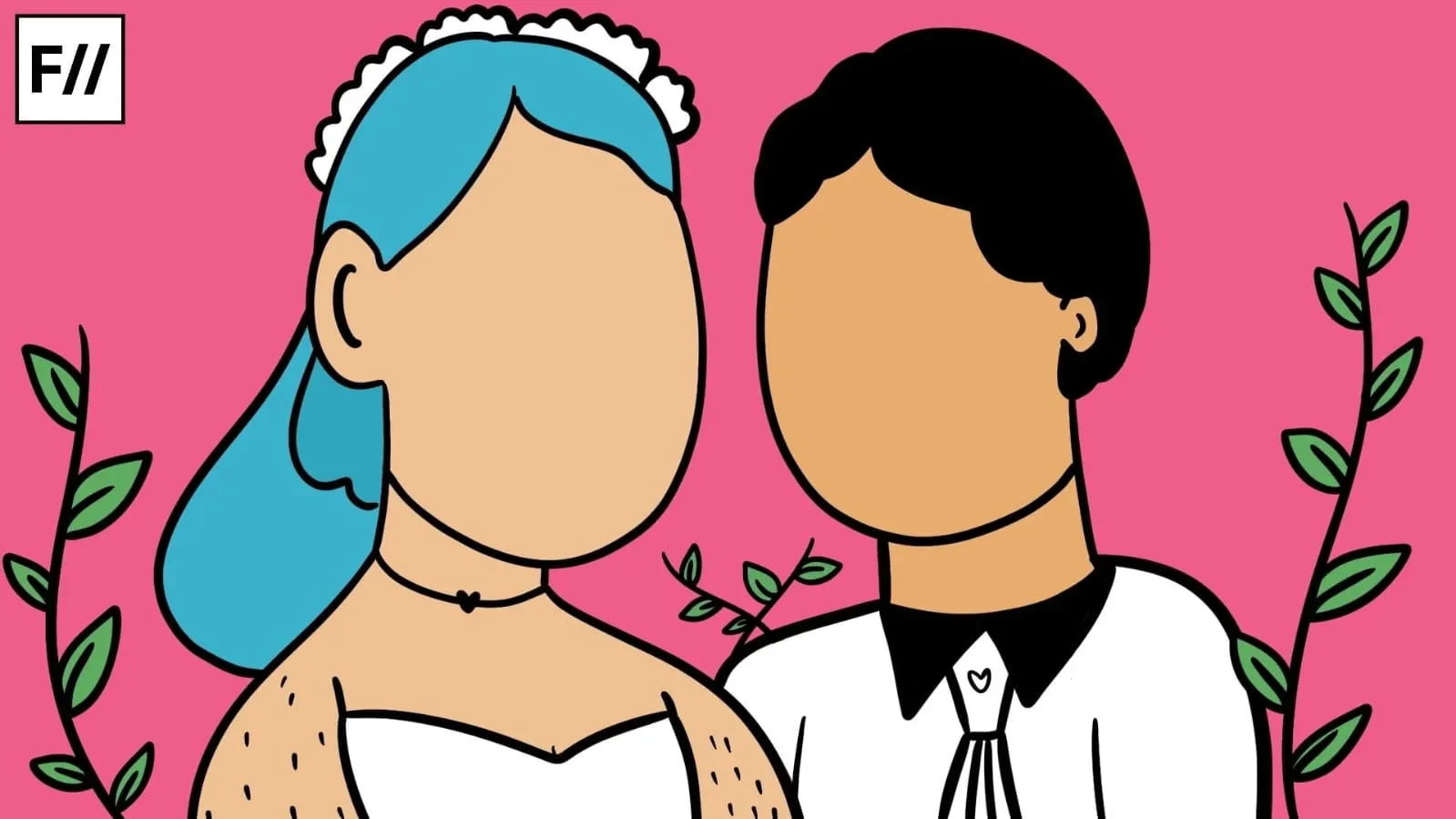As the festive season is upon us, wardrobes are refreshed with new clothes from scarf to saree. E-commerce has changed fashion-consumer behaviour drastically. Buying clothes is now a year-long activity as opposed to being festival-centric, as it used to be in India. Still, we are not immune to the festival discounts and the temptation to flaunt a new wardrobe.
The big fashion franchises roll out their carpet, and we shop off the rack, only to come out on the conveyor belt looking fashionably homogeneous. Each with Shakespearean bloodied hands that we cannot wash off easily. Fast fashion is bad. That is something most of us have accepted in theory. But sustainable choices end up being the other person’s responsibility as we continue to stuff our overflowing closets. And for the more guilt-prone consumers, fast fashion brands now have their own safe and sustainable options! Sustainability – what does this vague term of political correctness entail? Are fast fashion brands making “conscious” efforts towards change? Or are our answers in our roots?
Fast fashion is fast because styles don’t last. Everything is dispensable at a moment’s notice. And each turnaround costs a hefty amount to our ecology. Slow fashion takes a u-turn from that industrial peak and looks back at our traditional practices. The aim is to take into consideration all aspects of the supply chain and deliver with the utmost respect to human beings, animals and the environment.
So what is this big fuss against fast fashion? The fashion industry is the second largest polluter in the world. This basic need – clothing, has now become a 91.23 billion dollar fast fashion industry. How is it polluting? As per the 2019 World Bank report, this industry is responsible for 10% of global carbon emissions. To paint a more vivid picture, that is more than all international flights and maritime shipping emissions combined. It is also accountable for 20% of waste-water production, globally. These numbers are not new nor is this conversation, yet our insatiable thirst for fashion is both quenched and propelled by this industry. Fast fashion is killing the natural conditions of this planet faster than it ought to be. But that is only half the picture of this beast.

Fast fashion has not only been harming the ecology but causing humanitarian concerns. The 2013 incident of Rana Plaza in Bangladesh is one such example that brought up the rotting mess of fast fashion to the surface – the working conditions of the sweatshops behind the bling and glamour of these brands. 1,134 people died and 2,500 were injured as an unsafe building caved in on the workers who were forced to work under precarious circumstances for peanuts.
Also read: Why Sustainable Fashion Is A Feminist Issue
Which brands were these workers working for? Benetton, Primark, Walmart and Mango are only four out of the 29 identified brands. A huge soup demands a respectable ladle. Soon followed the official signing of Bangladesh’s International Accord for Health and Safety in the Textile and Garment Industry by major international brands, including big names like H&M helming the queue.
H&M sells approximately three billion articles of clothing per year. Amongst the 40 countries that produce clothes for this brand, guess who is the first-bencher? Bangladesh. To win the race for sustainability they now have a “sustainability tab” that lets you check where your clothes were made. One wonders if there is a way to check on the living conditions of these workers through the magic eye of the big (brand) brother. This show of transparency can only do so much. Can such high production ever be conducted in a sustainable way? 3,781 litres of water for a pair of jeans. How many pairs do we own at a time? Sustainability in fashion means environmental protection, social justice, economic fairness and cultural validity. There are many fashion brands that are using the term to provide a guilt-free experience without really providing sufficient information about what ethical practices they are following.
One of the fundamental characteristics of fast fashion is high productivity in sample sizes. Fast fashion is fast because styles don’t last. Everything is dispensable at a moment’s notice. And each turnaround costs a hefty amount to our ecology. Slow fashion takes a u-turn from that industrial peak and looks back at our traditional practices. The aim is to take into consideration all aspects of the supply chain and deliver with the utmost respect to human beings, animals and the environment. The idea of more – abundance is a consumer bait that the fast fashion industry has manufactured. Slow fashion asks us to do exactly the opposite – slow down, notice the clothing we are choosing to buy or commission, pay attention to utility, aesthetics and everything in between and then invest.
Also read: Why Fit Into Categories When You Can Choose? Customised Stitching and Body Confidence
The cheap fast fashion tropes make us feel like winners of a lottery. The design is market-oriented where the product becomes less important than the transaction. How many times have we caught ourselves buying an unnecessary t-shirt just because there was a sale or a skirt we liked on the window shop mannequin but never wore? Slow fashion is a behavioural change that asks a user to be more intentional in buying their clothes. It emphasises curation and customisation – making the design more user-oriented.
Customisation provides the space for a person to get clothes made according to their requirement and not (un)make themselves according to the need of the clothes. As we shove ourselves down a painfully tight pair of trousers that cost us cleaner air and water – what do we gain, save capitalist validation? The idea of getting the most value for money needs to be replaced with paying money for the right values.
But is this a new concept or a new coinage? Slow fashion is very much part of our traditional practices as is circular fashion. Tailor-made clothes used to be the norm, especially for any valuable article of clothing, as were hand-me-downs and recycling art traditions. If we can replace mass production with mass customisation we can bring about the revolution that we have been on the brink of for the past decades.
Also read: Fast Fashion, Gender, And Environment: The Price We Pay To Dress Ourselves Up
Tailor-made clothes as we all know are time-consuming. And the instant-gratification-seeking babies that consumerism has produced cannot wait for that long. If we can train ourselves to grow up to be more patient we will not only be able to attribute better fees for the labour and effort that goes into making a single piece of clothing but also value it as an article thereafter. Would we throw out a piece of clothing if we had invested time and money in it?’ Customisation can train consumers to change their relationship with clothes in an industry where wastage is greater than production.

Companies running customisation supply chains also can solve the problem of overproducing as everything is made to order. Indian brands like CloudTailor or P N Rao are exploring this route, bringing the traditional slow fashion of customisation and eCommerce on the same platform. It will also be able to meet humanitarian needs as tailors or workers have better chances of getting paid fairer wages. But this model can only work long-term if customer behaviour can be changed and each of us is a capable changemaker.
In today’s many conversations around body image, it is important to note that fast fashion plays an important part in building these insecurities with sample-size fashion. Slow fashion takes into account the unique needs of the user. Customisation provides the space for a person to get clothes made according to their requirement and not (un)make themselves according to the need of the clothes. As we shove ourselves down a painfully tight pair of trousers that cost us cleaner air and water – what do we gain, save capitalist validation? The idea of getting the most value for money needs to be replaced with paying money for the right values. It holds true for every consumerist behaviour, but let us start with fashion; a change we can propel as individuals.
Editor’s Note: This article is part of a collaboration with Cloud Tailor. To know more about the brand, you may take a look at its work on Instagram, Twitter, Facebook, LinkedIn, Youtube, Pinterest, and Quora.
About the author(s)
She/they is an editor and illustrator from the suburbs of Bengal. A student of literature and cinema, Sohini primarily looks at the world through the political lens of gender. They uprooted herself from their hometown to work for a livelihood, but has always returned to her roots for their most honest and intimate expressions. She finds it difficult to locate themself in the heteronormative matrix and self-admittedly continues to hang in limbo




